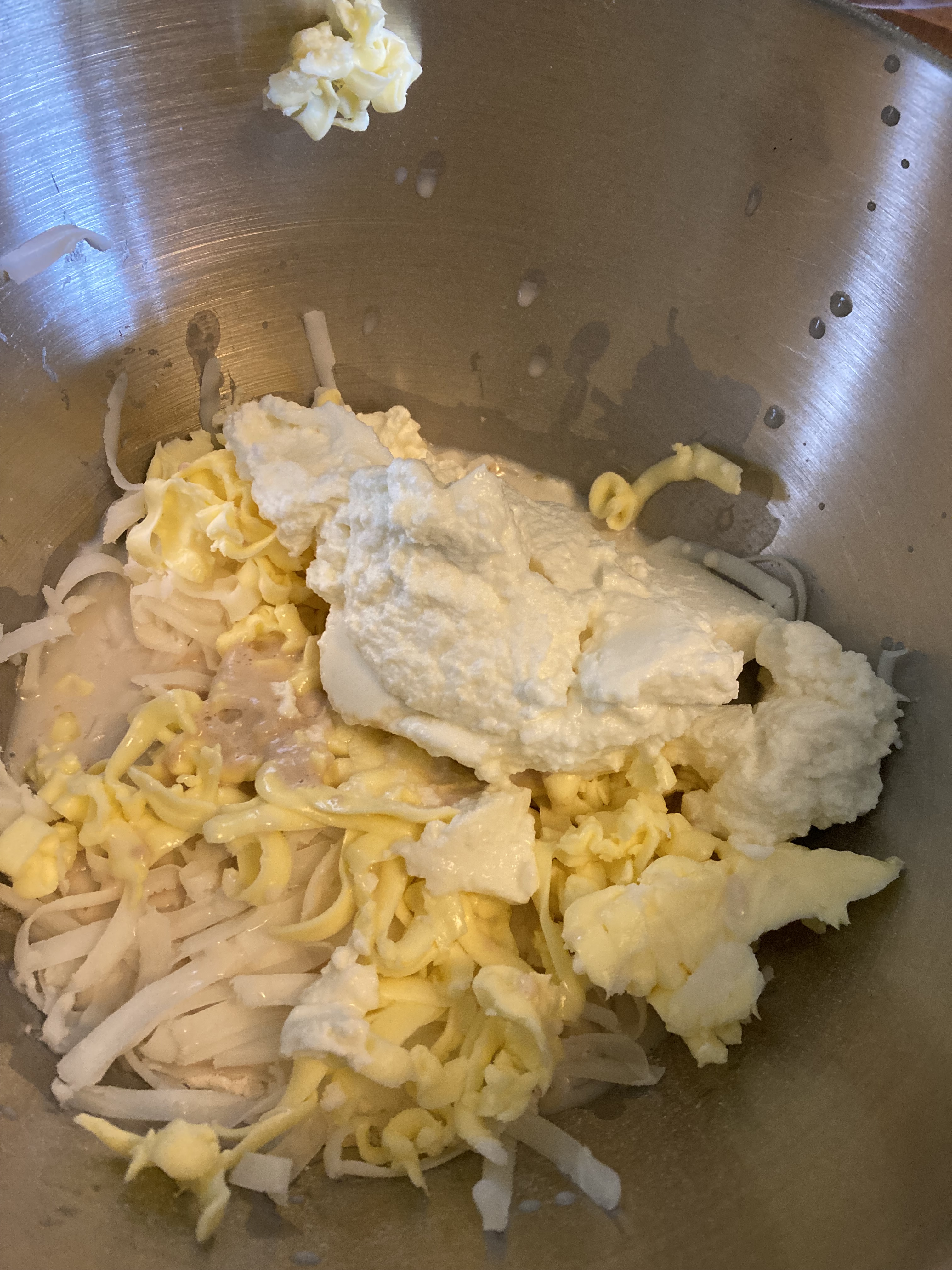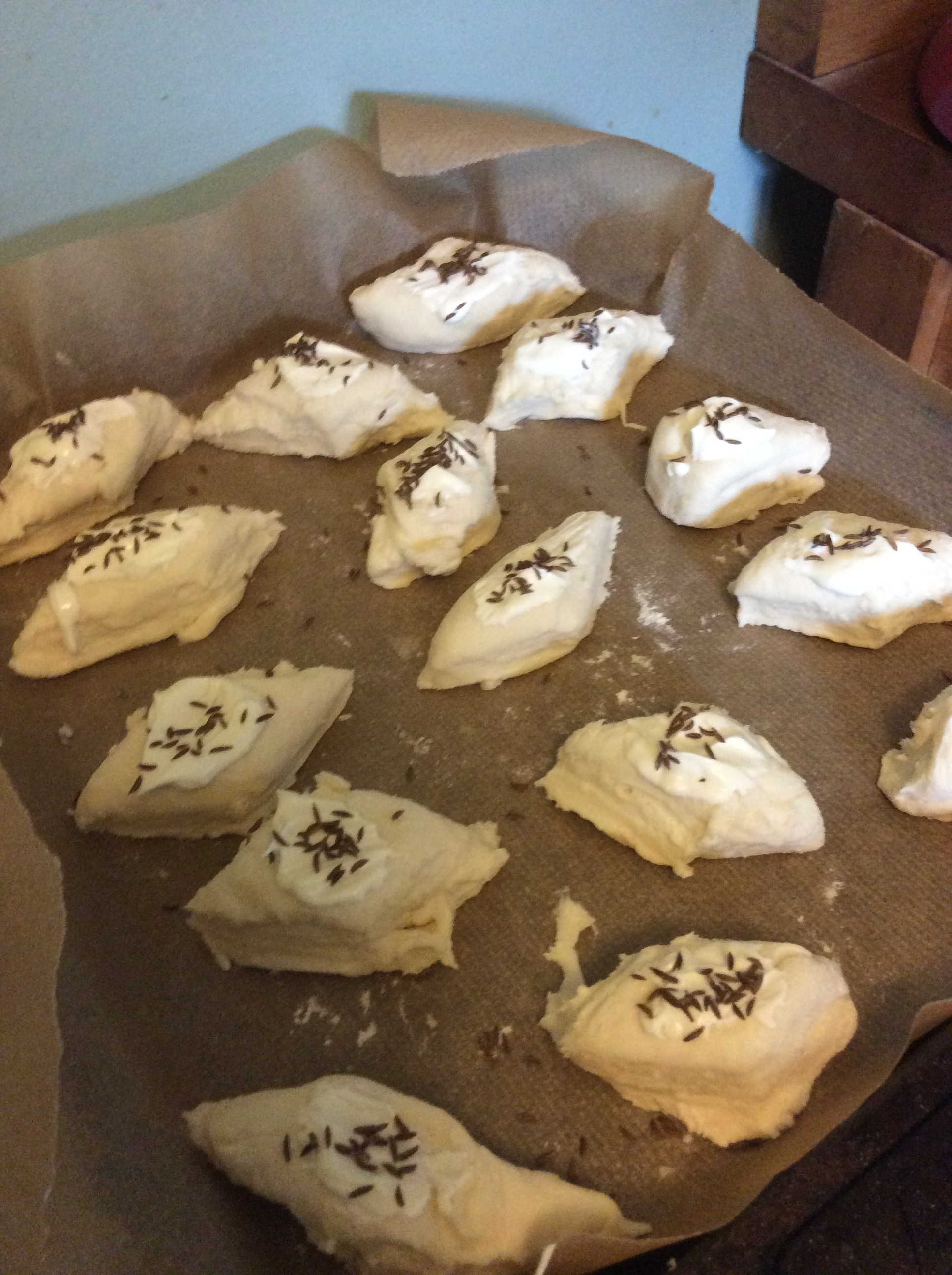When I was a little girl, my parents were social animals. I grew up in the 70s, when the middle classes discovered dinner parties and cocktails. Barely a week went by without my mother spritzing herself in Blue Grass perfume and my father tackling his 5 o’clock shadow before adding the Aramis, whilst I lay on their bed and watched them preen. Perfumed and groomed, they left in a cloud of fragrance, leaving me with a series of “aunties” (usually my father’s medical secretaries) to babysit. It was the era of Elizabeth Taylor and Richard Burton, and my mother dressed accordingly. I remember flowing robes – embroidered djellabas worn with heavy pendants and multiple gold bracelets. Super glamorous. Of course social butterflying had to be repaid, and so my childhood was replete with extravagant dinner parties and lunchtime drinks.
As befitted a good host at the time, my father was liberal with his measures. He favoured champagne cocktails on arrival, moving people onto gin and tonics, whisky, sherry and fröccs (see https://finom.home.blog/2019/06/30/froccs/). Late stayers graduated to pálinka, grappa and armagnac. No cocktail party was complete without nibbles. I was allowed to fill napkin lined wicker baskets with peanuts, the marmite wince inducing twiglets, the strangely addictive cheesy footballs and an assortment of crisps, to be placed strategically round the hall, dining room and sitting rooms. (I grew up in a Victorian Addams family style house – we had a lot of space which we also managed to fill – took me over two years to clear when my father died). There were also pogácsa. Served hot and fresh from the oven, topped with caraway or bacon. Deliciously moreish and much needed to counteract the Antal alcohol brio.
Pogácsa are an Hungarian staple in drinking establishments. Added to the table in the same way that Italians provide crisps and olives when you order alcohol, pogácsa appear with your wine or beer in the bars. You of course do not need alcohol to enjoy these pastries, they are available at bakeries and often come as a pre dinner nibble. Pronounced pog-ah-cha (in Hungarian the cs is a single letter said as a ch sound and á is an ah). Pogácsa are best described as a cross between a yeasted scone and puff pastry. They are made with quantities of butter and/or lard (obvs), flour and some form of dairy – curd cheese or sour cream. It’s a rich, leavened and laminated dough that’s cooked at a high temperature to create a rise, with a crisp outside and melting fluffy interior.
Pogácsa have been a staple of Hungary since at least the 16th C, if not earlier and owe their origin to the Italian (or some argue Greek) bread focaccia. In reality they aren’t “that” similar, though the word pogácsa has evolved from the panis focacius, meaning bread baked on the hearth. Popular in southern Slavic & Balkan countries as well, Romanian, Serbian, Croatian, Slovakian, Bulgarian and Turkish cuisines all have their version, and subtly changing name – poğaça, pogace, pohagata or pogaça. Of all of these variations, it is the Turkish pogaca that is the closest to the Hungarian one. Another example of the way Turkish cuisine melded into so much of Hungarian cookery, the Hungarian twist was to use pork fat and pork rinds as a not too subtle thumb nose to the conquering Ottomans, in the same way Spaniards ramped up their pork production post their Moorish rule. To be fair though, pig farming has always been part of the Hungarian landscape and it made absolute sense to use the lard and leftover crackling from lard production rather than the more expensive butter and cheese versions.
Digging through my notebooks I find two recipes from my nagymama, one using pork crackling, the other curd cheese. Both follow a similar method of preparing a yeasted dough, which is then rested, folded and rolled like a puff pastry. Pork cracklings are the residue left over from rendering lard from pork fat. My father used to buy rinded bacon from our local butcher, cut off the rinds and then cook them until crisped. He then chopped them finely and saved them to make pogácsa. Rinded bacon is rarer these days, and I do make my own lard but only occasionally, so didn’t have a ready supply of cracklings. I shall experiment with bacon next time so the recipe below is for the cheese version.
Túrós pogácsa
7g sachet of dried yeast
20 ml warm milk to dissolve yeast into, plus a finger pinch of sugar
200g sieved cottage cheese or ricotta
100g lard
100g butter (you can do 200g butter if lard not your thing)
250g plain flour – I use 00 flour as that’s the closest I can find to Hungarian fine flour
1 tsp salt
Caraway seeds
Egg or sour cream to glaze
Make up the yeast and milk, let it sit for 3 mins or so to activate (it begins bubbling)
Grate fridge cold butter and lard into bowl. Add the flour, cheese and yeast. Mix loosely with your (clean) hands and add the salt. Form into a soft dough and cover. Leave to rest for an hour in a cool place.
Flour your work surface (the dough can be quite sticky) and roll the dough into a rectangle about a thumb thick. Draw a thin line with your finger to divide the dough into 3 and then fold each third over as if making puff pastry. Turn the dough clockwise and roll out again. Repeat the process three times. Cover and leave to rest for 1/2 hr.
Heat oven to 200C/ GM 7. Cut out the pogácsa. I did diamond shapes so as not to waste any dough (you can’t re-roll the odds and sods because you lose the lamination) but you can also use a scone cutter, just try to use as much of the dough as possible. Paint each pogácsa with sour cream or egg and top with a pinch of caraway.
Place on a greased and floured baking sheet and bake for 20 minutes or so (it depends how big your pogácsa are so keep an eye on them), until risen and golden. Allow to cool slightly but serve warm. Goes very well with a glass of beer or wine.



